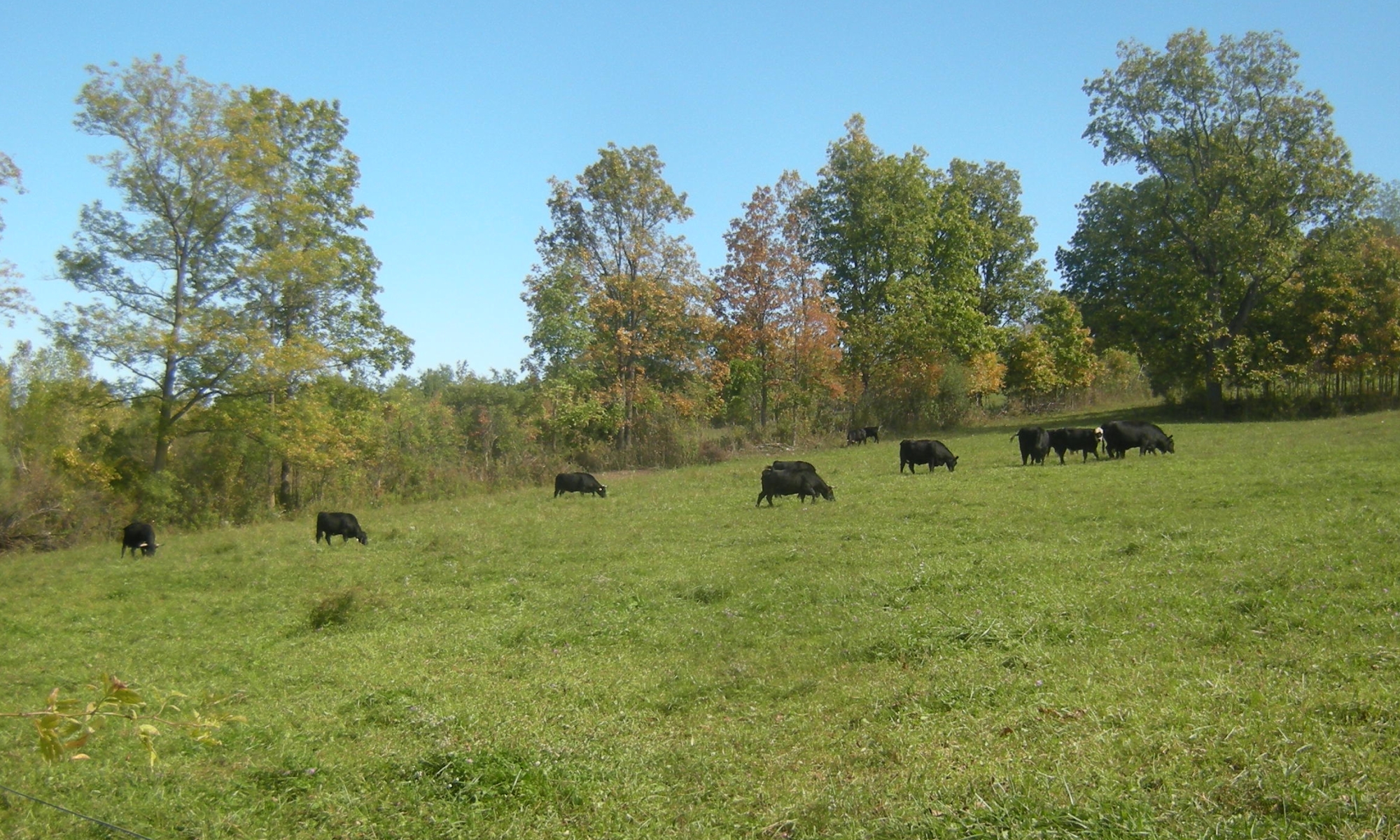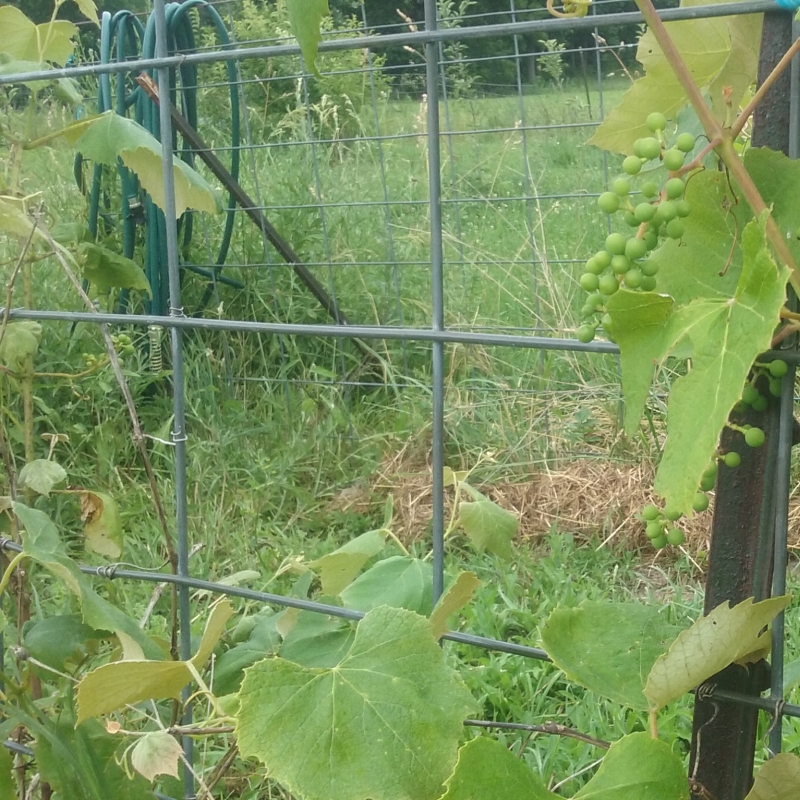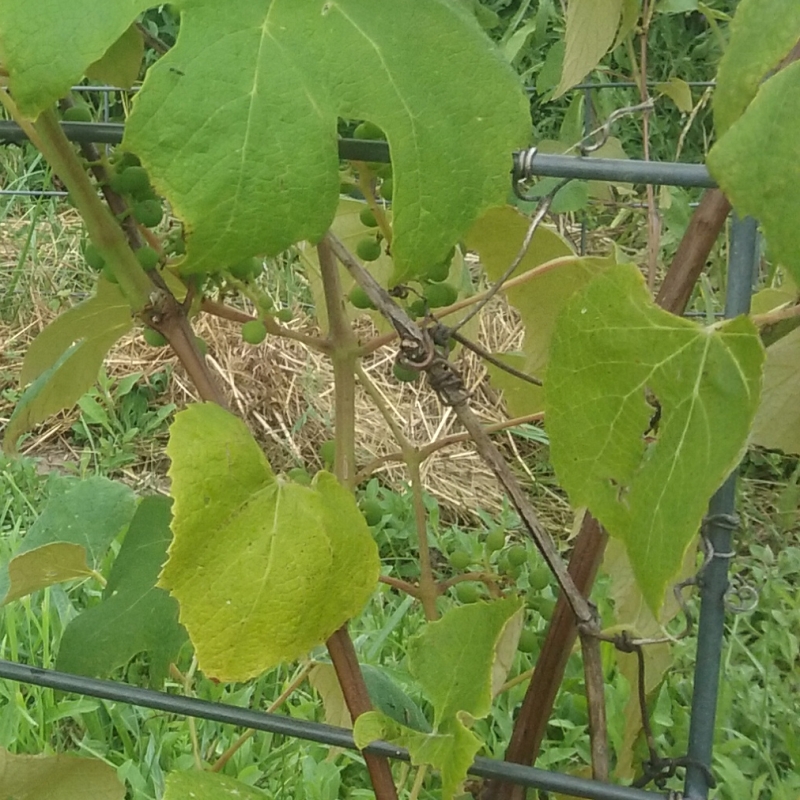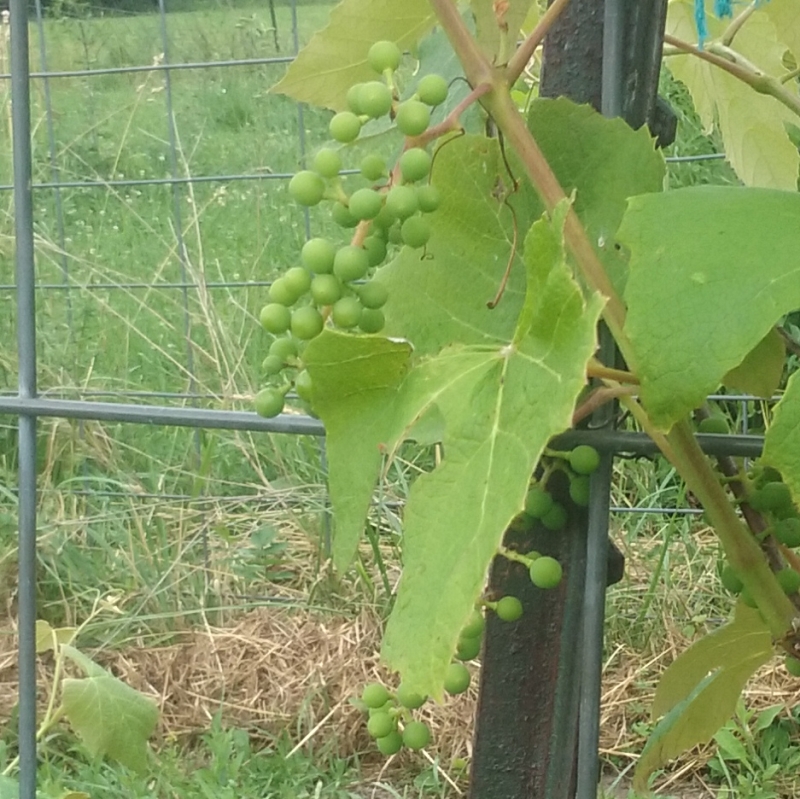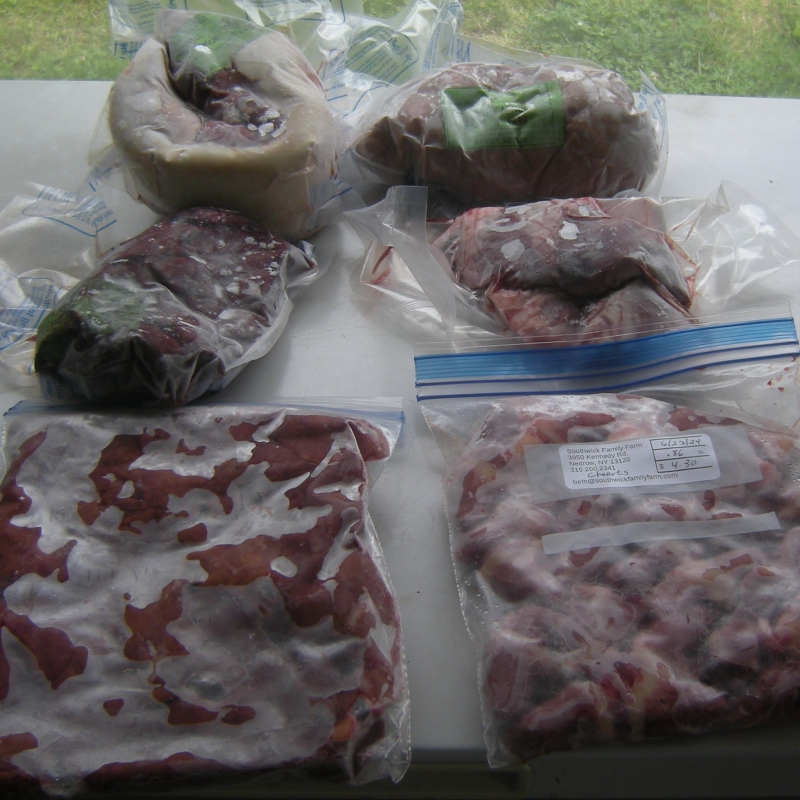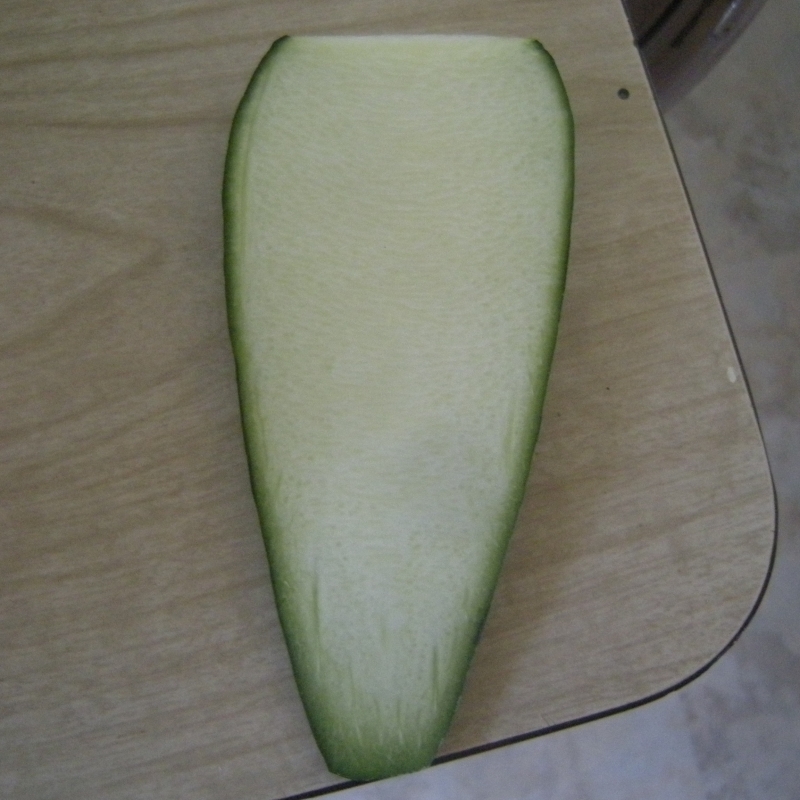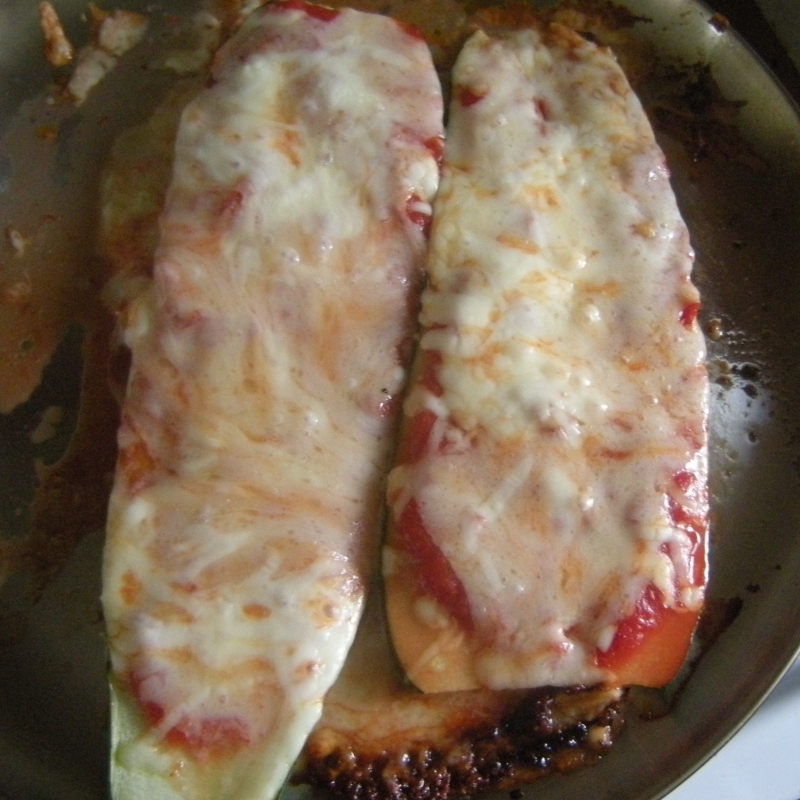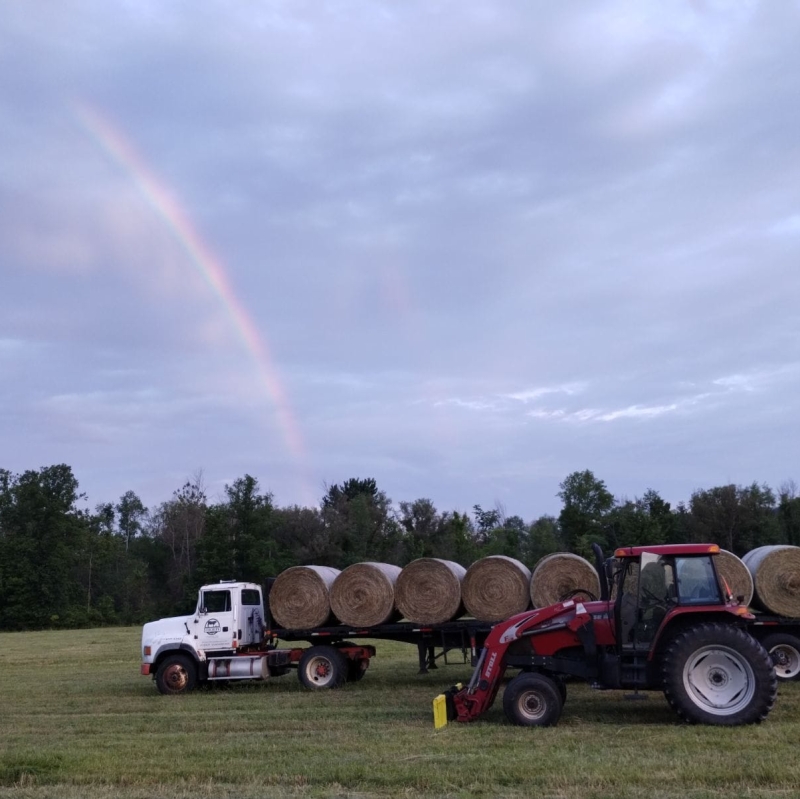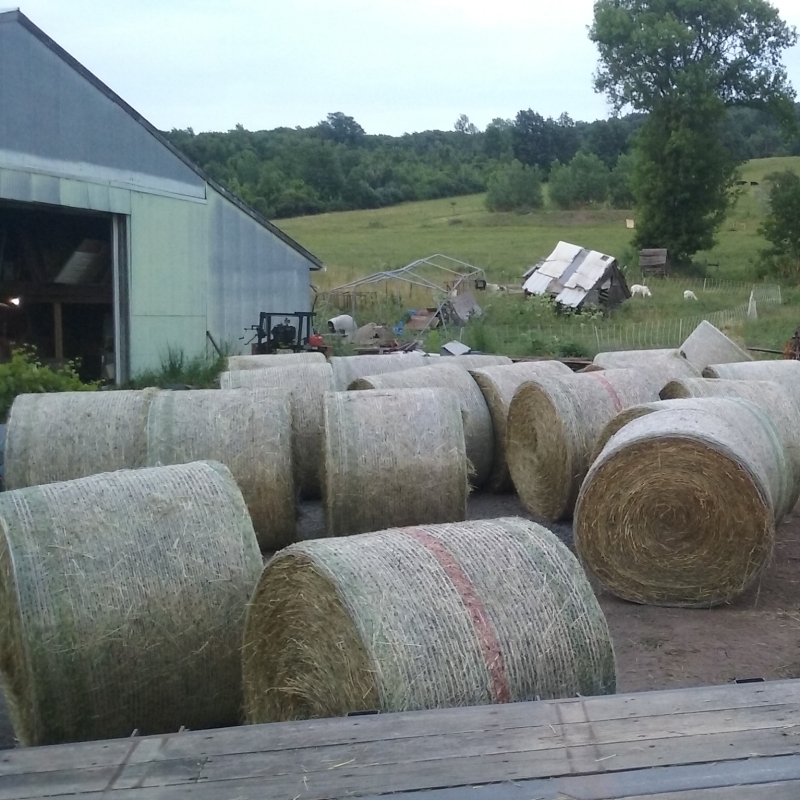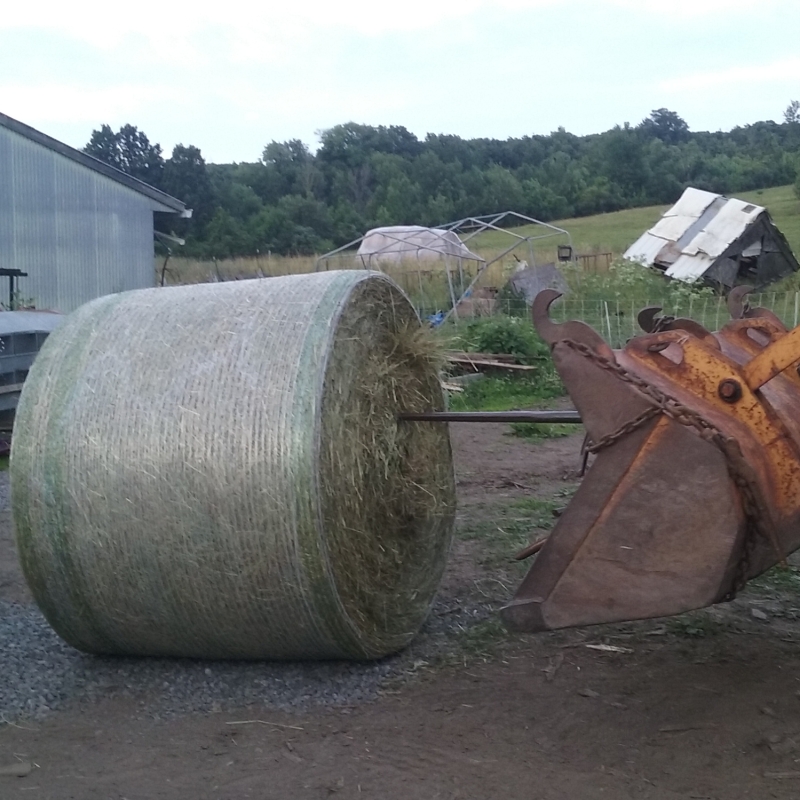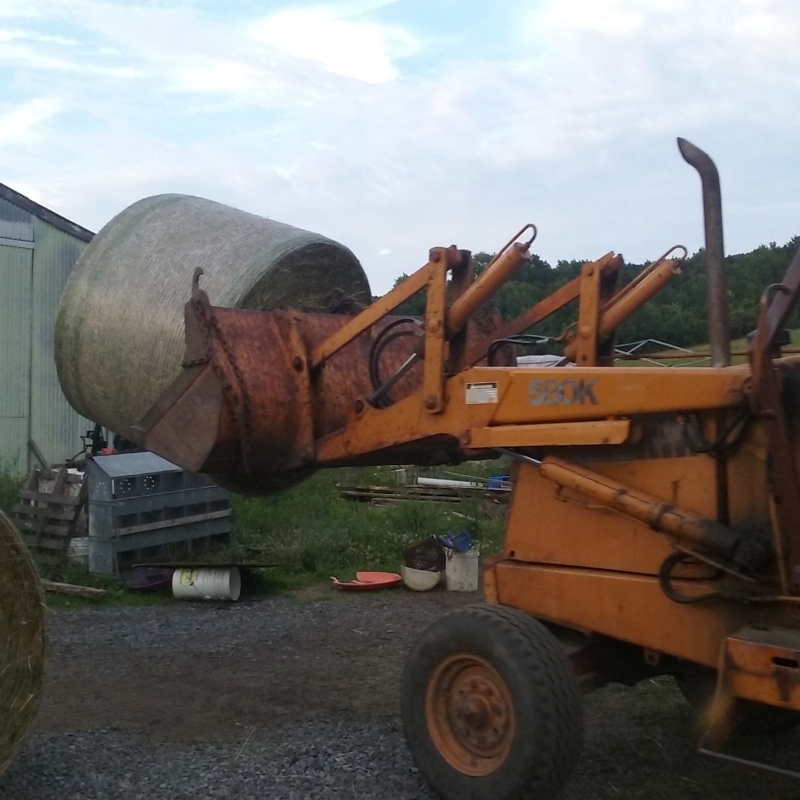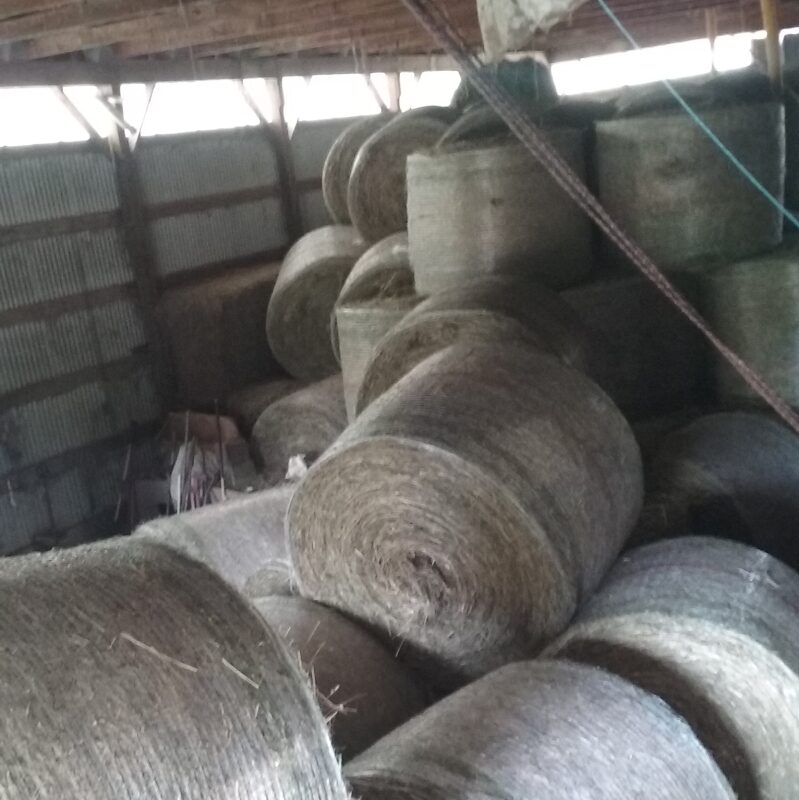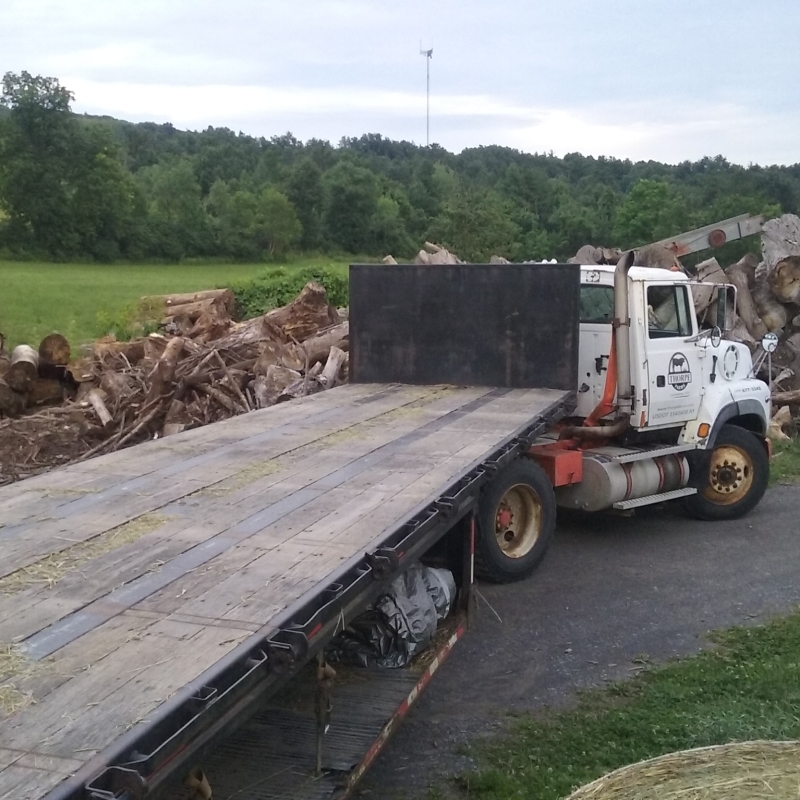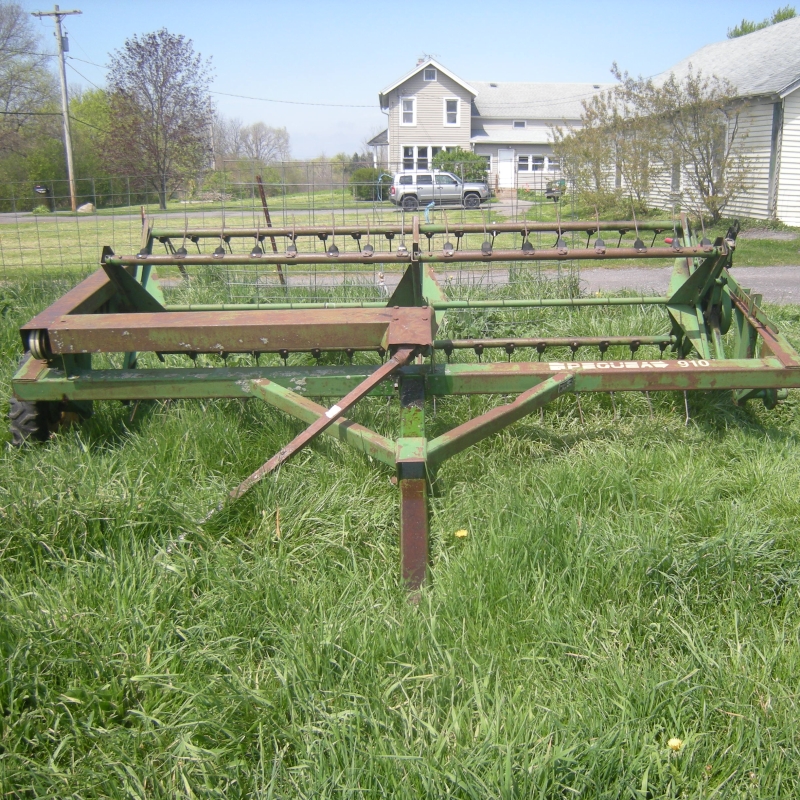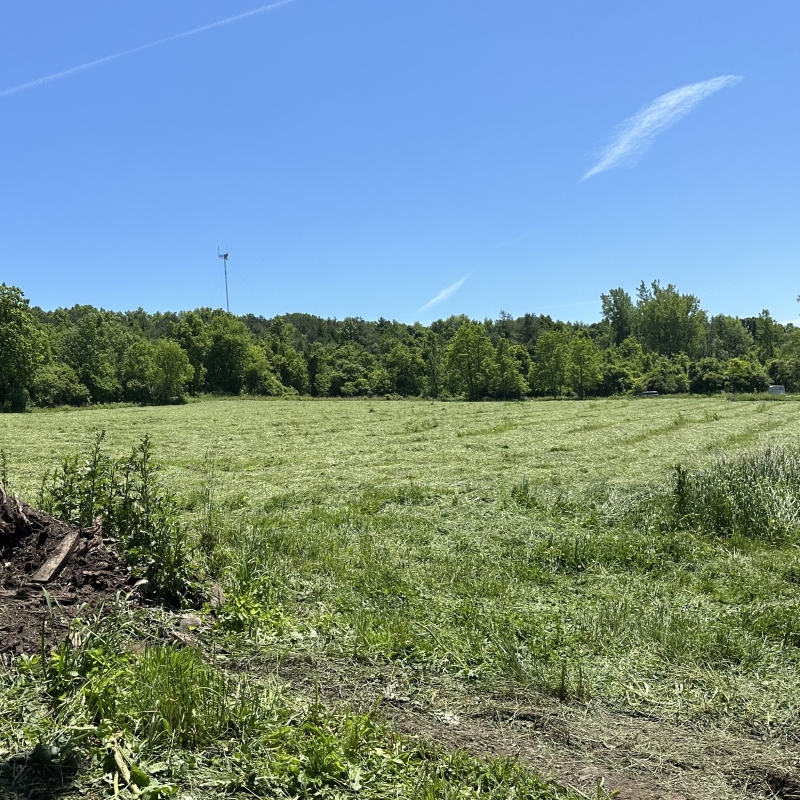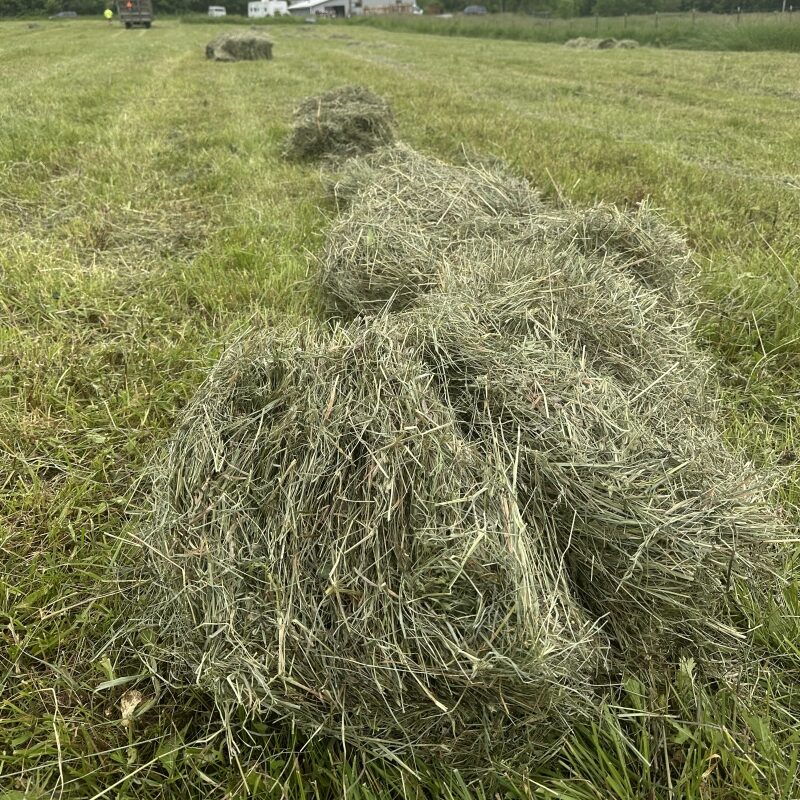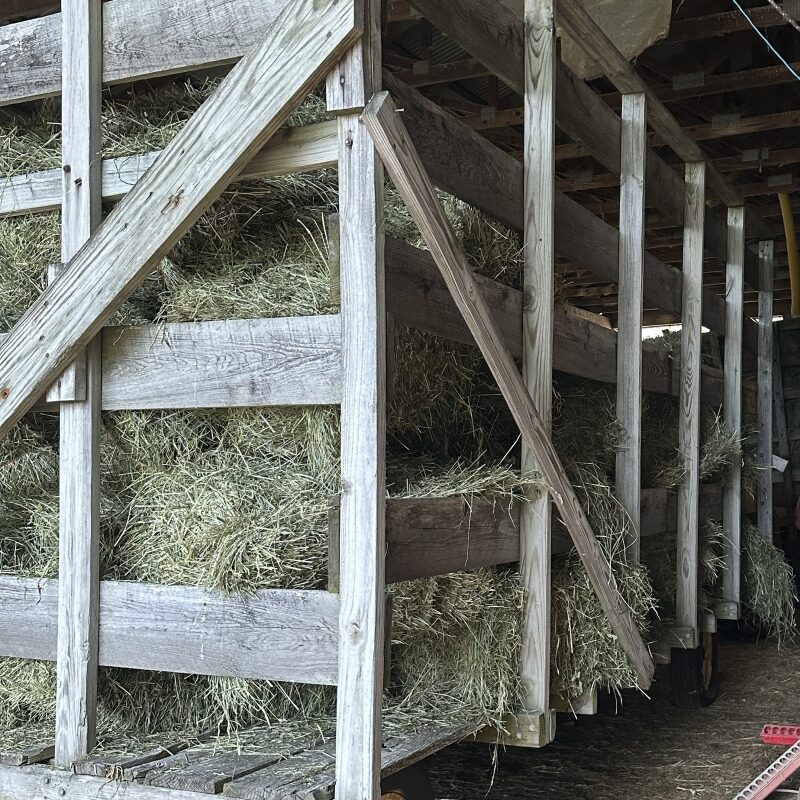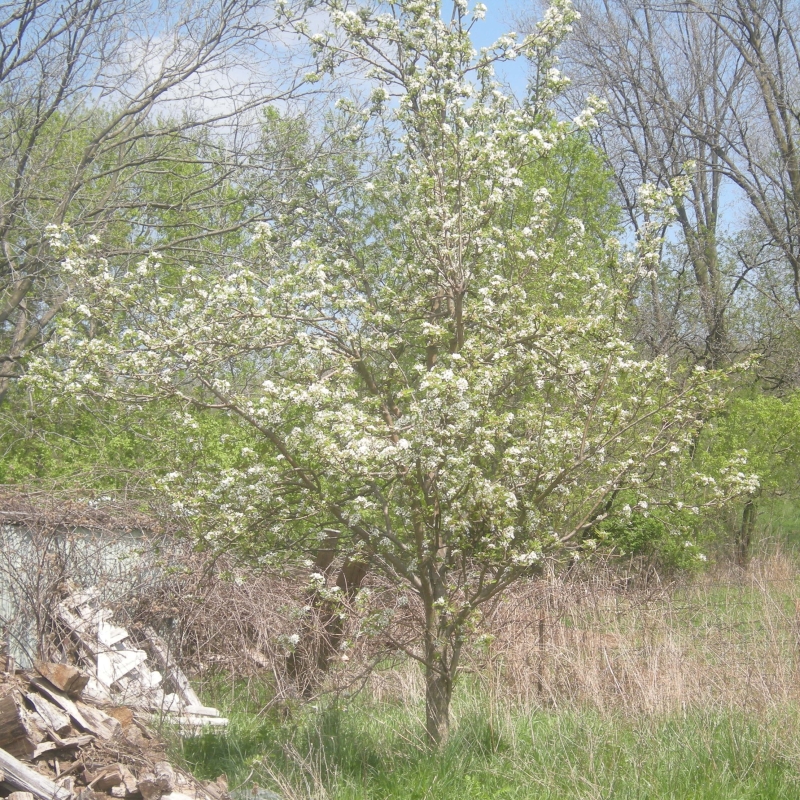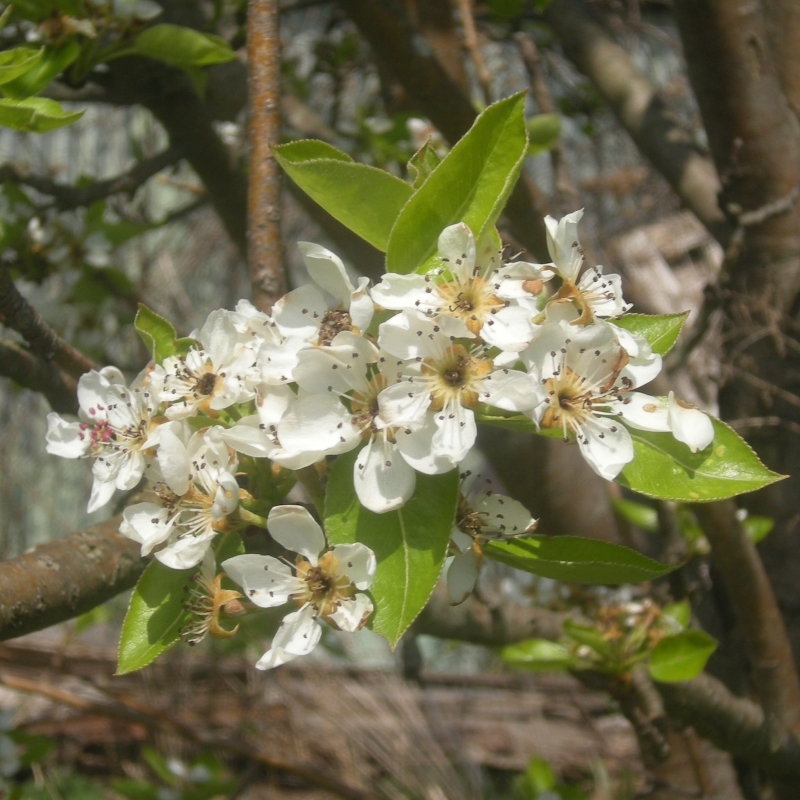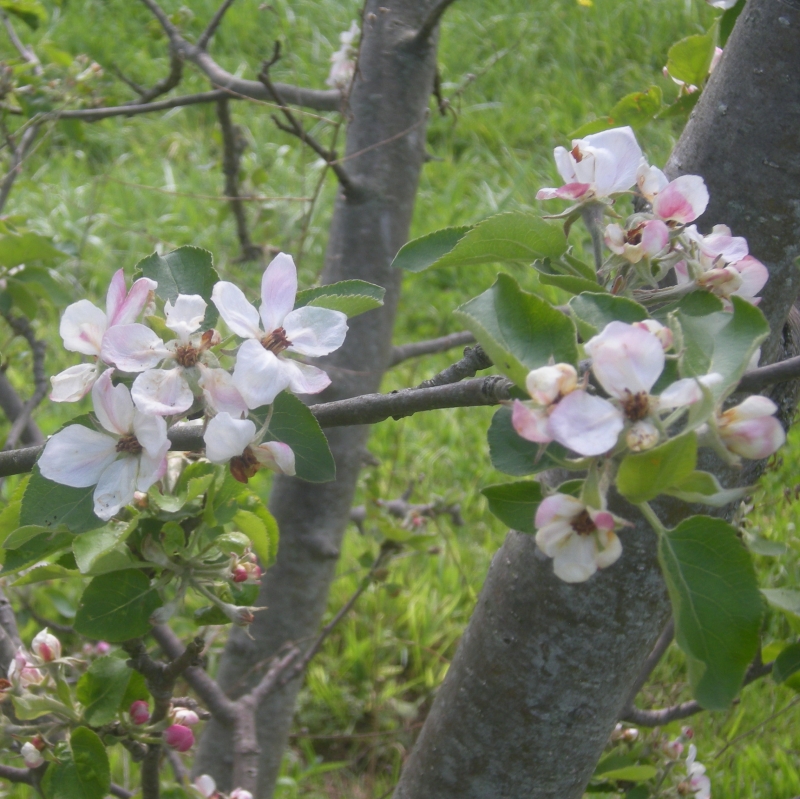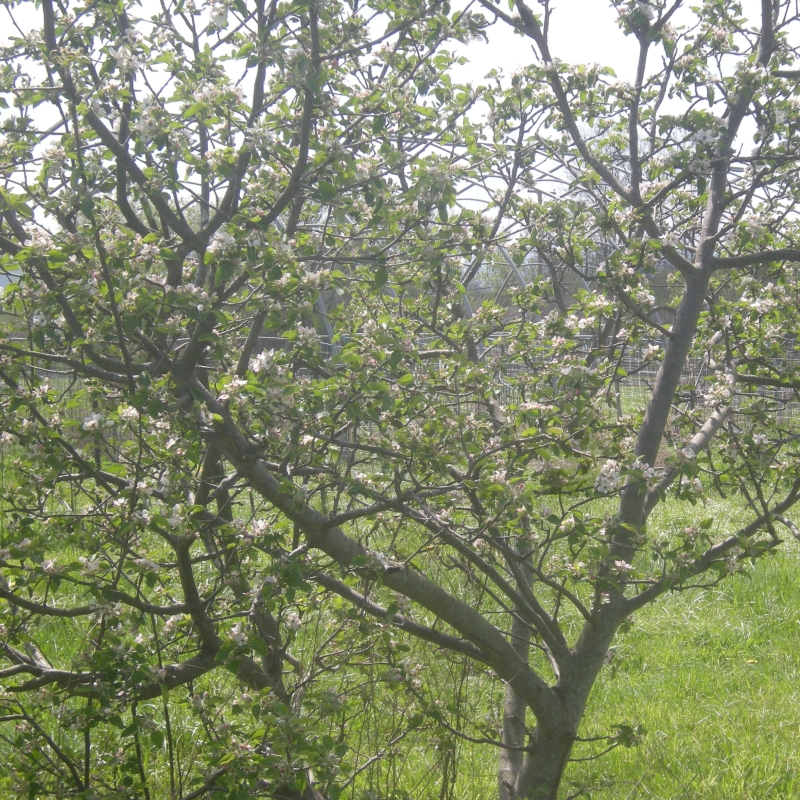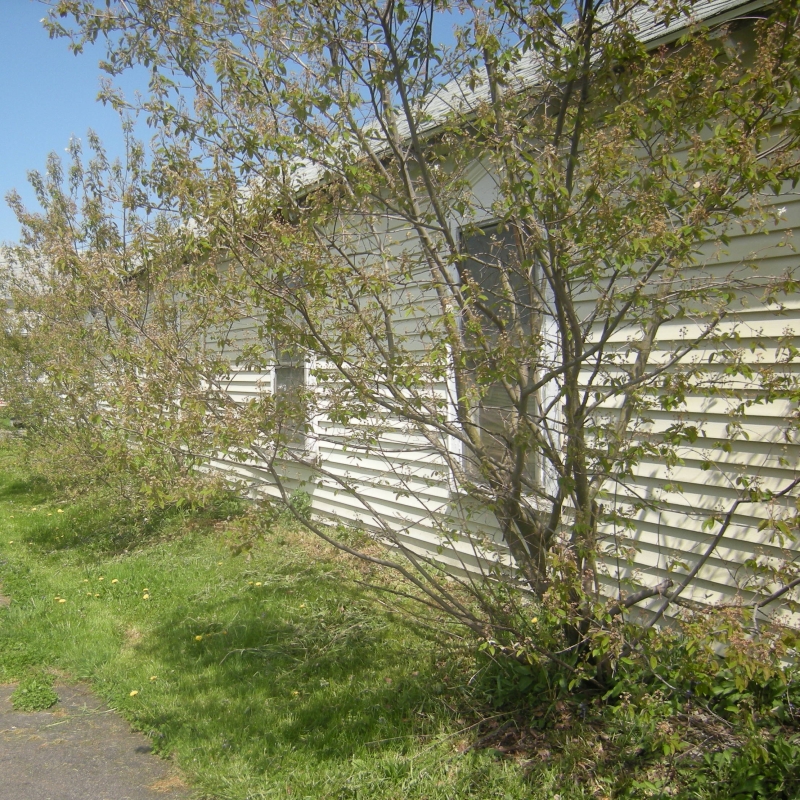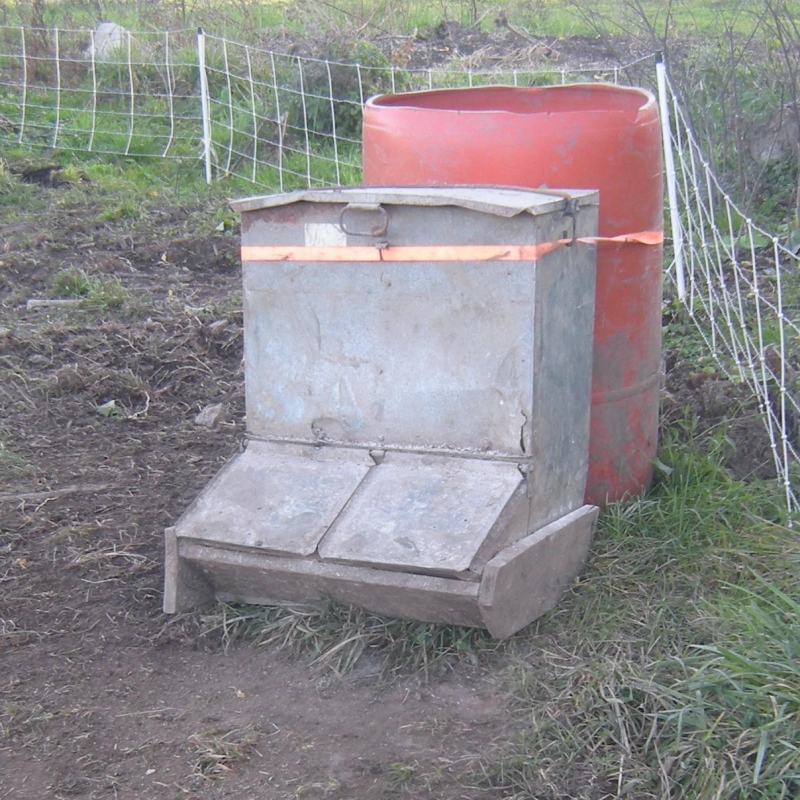
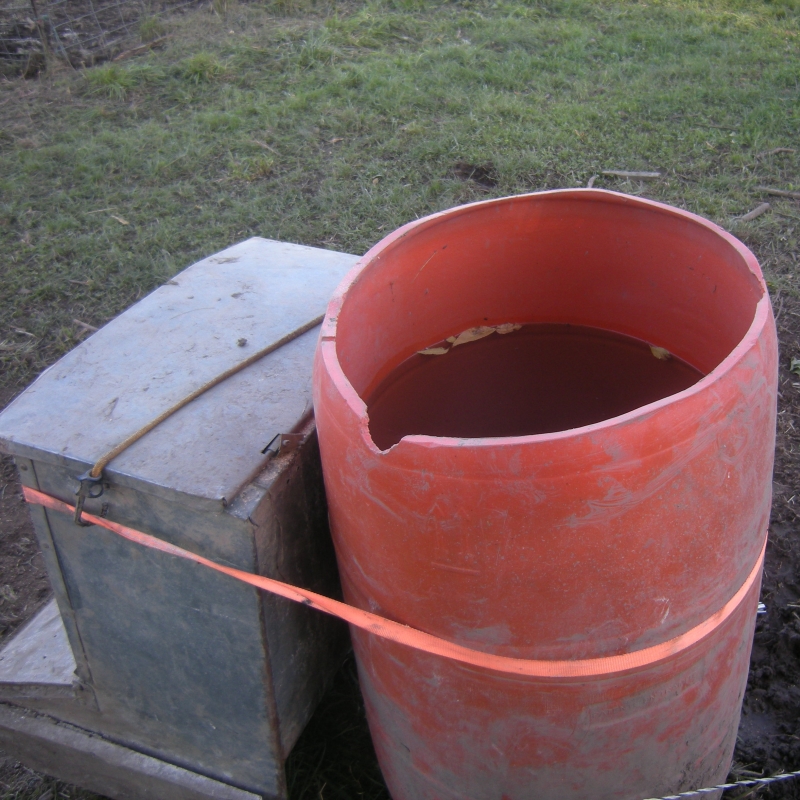
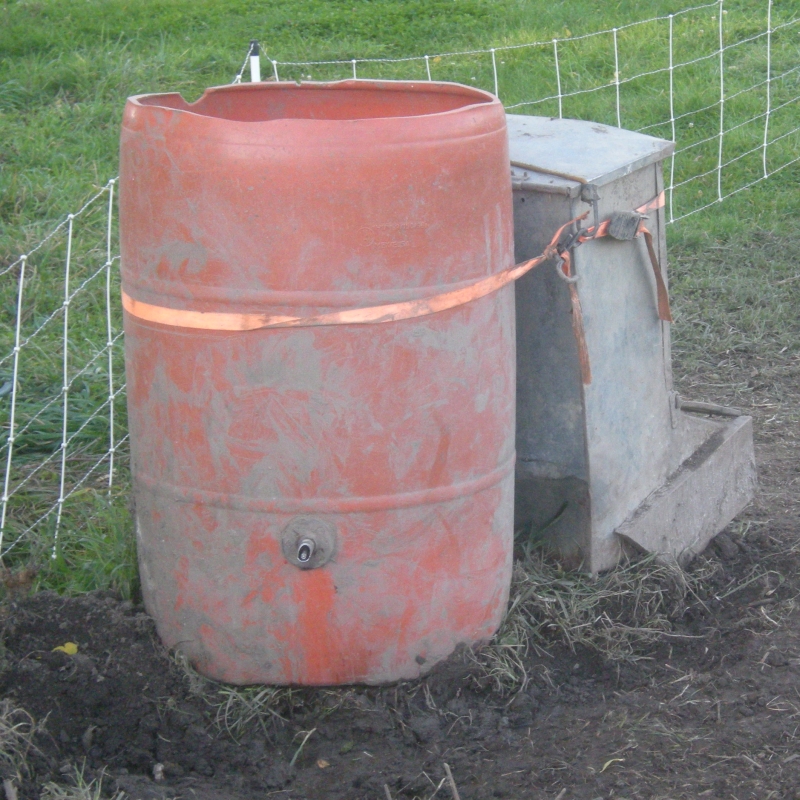
We have 2 devices that help keep feeding and watering the pigs neater. One is the pig feeder. The pigs learn to lift the lower lids with their snouts and then eat what feed they want. When the lid drops back down, it makes a thunk sound sort of like a loose storm door firmly banging in the wind. I hear the noise when I am nearby and think, What is that? Oh, it is just the pigs eating.
The other device is a nipple waterer. The nipple is attached to a barrel that we fill with water. The pigs put their mouth on the nipple which lets the water run out. Once they have enough water, they take their mouth off of the nipple and the water stops flowing. As long as we keep the barrel filled, it is too heavy for the pigs to tip over. So the water is more contained and the area is less messy. Having both devices attached to each other and filled keeps them both upright and where we want them to be.
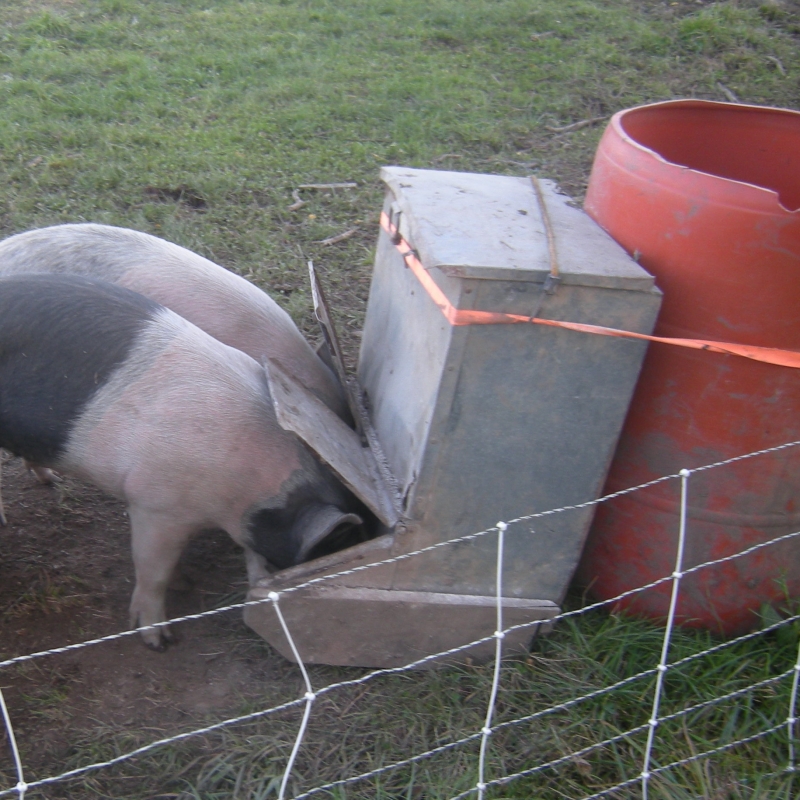
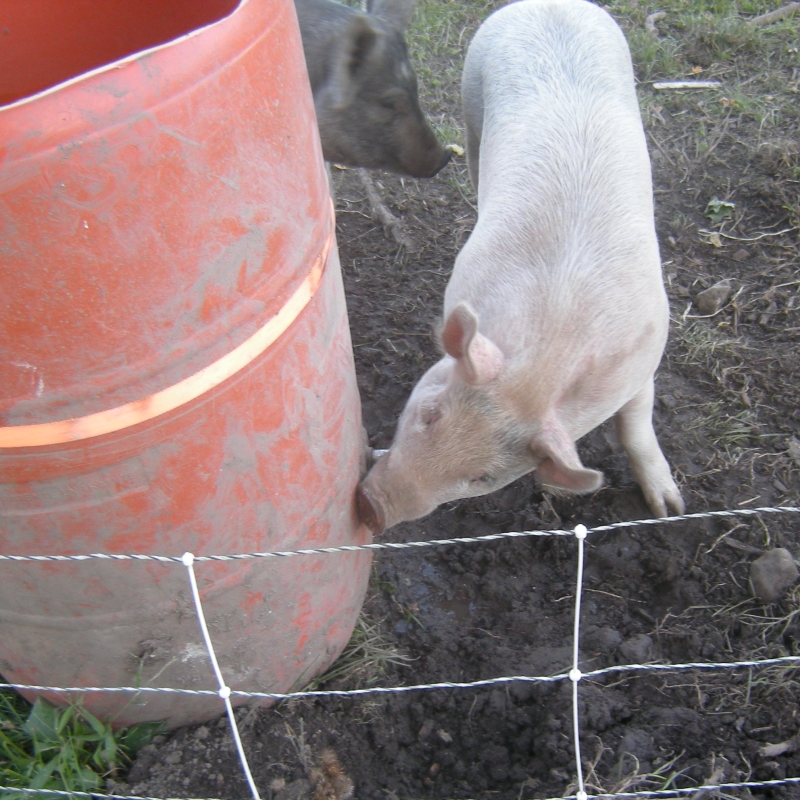
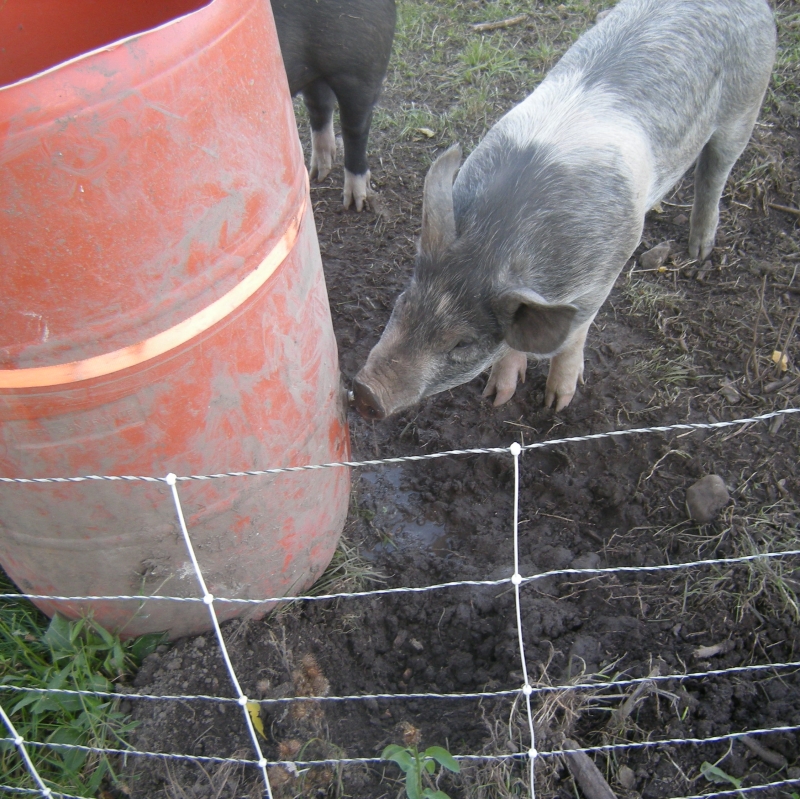
A note – We have used pan style waterers which, especially as the pigs get bigger, are easy for them to tip. Pigs don’t sweat so they do like a wallow that they can roll in to cool themselves cool. And dumping their waterer to create a wallow is a normal behavior for them. We prefer to control where the water goes and how much goes there. So the nipple waterer helps to keep the water contained.
